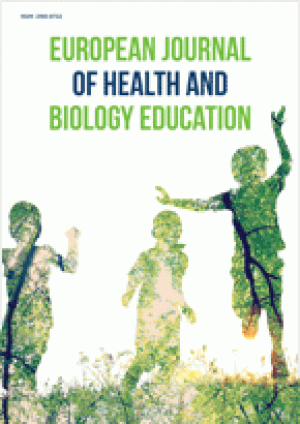Abstract
The objective of this study was to inspire, engage, and educate minority, underprivileged, low-income middle school students in science. It was a week-long study where students were engaged for 5 hours per day. The content covered was STEM focused embedded with cooperative learning and guided discovery approaches. Students were introduced to the K'NEX Education Amusement Park Experience kit. The students participated in the project theme called “Science of Roller Coaster.” Participants were challenged to use their critical thinking skills to design their individual group Roller Coaster project. The constructivist teaching along with positive reinforcement approaches were used during the program, which allowed the classroom facilitator to develop positive learning environment. Pre-and Post-content knowledge tests along with program satisfactory survey, and reflection were collected. Paired t-test results indicated that students score improved on posttest and the difference was statistically significant (p<0.05). Drawing from the students’ survey and reflective journal responses, the findings suggest that students who had absolute no interest in science prior to attending the program did increase their interest in science as a result of this program.
License
This is an open access article distributed under the Creative Commons Attribution License which permits unrestricted use, distribution, and reproduction in any medium, provided the original work is properly cited.
Article Type: Research Article
European Journal of Health and Biology Education, Volume 5, Issue 1, July 2016, 13-22
https://doi.org/10.20897/lectito.201503
Publication date: 15 Aug 2016
Article Views: 1424
Article Downloads: 691
Open Access References How to cite this article
 Full Text (PDF)
Full Text (PDF)